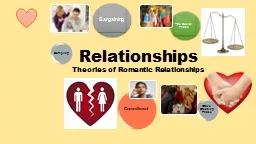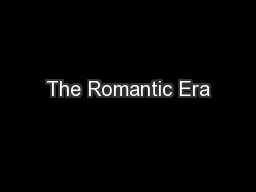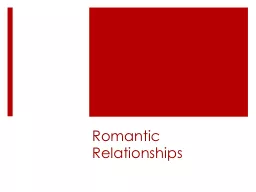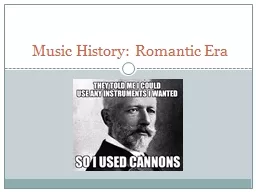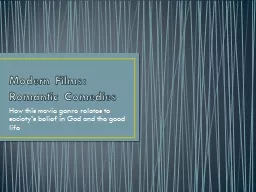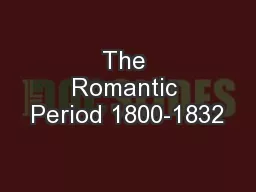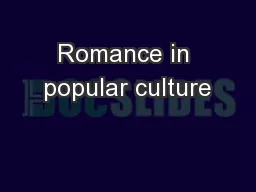PPT-Relationships Theories of Romantic Relationships
Author : lindy-dunigan | Published Date : 2018-11-03
Bargaining Sampling The Social Phase Commitment Grave Dressing Phase Get you thinking How does this clip link to Social exchange theory Objectives Learning Objectives
Presentation Embed Code
Download Presentation
Download Presentation The PPT/PDF document "Relationships Theories of Romantic Relat..." is the property of its rightful owner. Permission is granted to download and print the materials on this website for personal, non-commercial use only, and to display it on your personal computer provided you do not modify the materials and that you retain all copyright notices contained in the materials. By downloading content from our website, you accept the terms of this agreement.
Relationships Theories of Romantic Relationships: Transcript
Download Rules Of Document
"Relationships Theories of Romantic Relationships"The content belongs to its owner. You may download and print it for personal use, without modification, and keep all copyright notices. By downloading, you agree to these terms.
Related Documents

